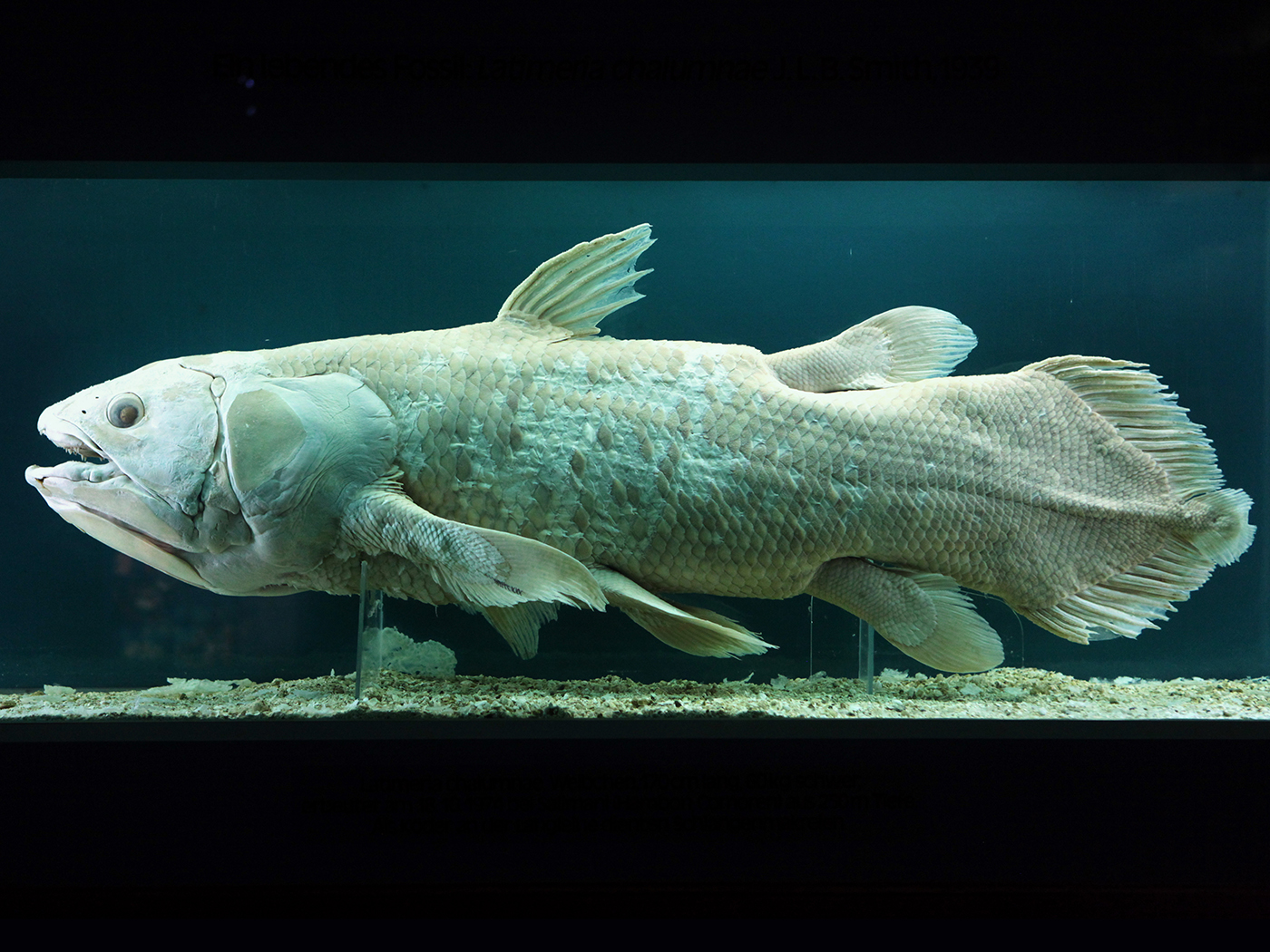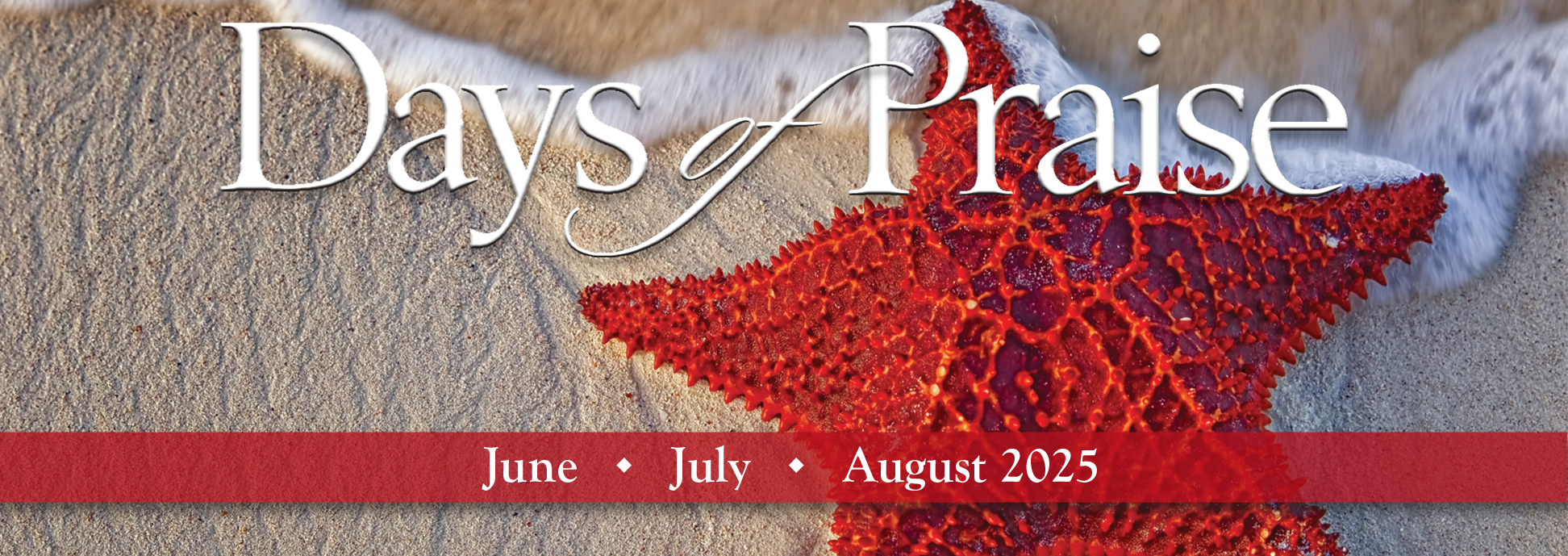For decades, human design engineers have been laboring to make more efficient machines, like propeller blades that produce steady airflow patterns. Our thinking has been fixed on the idea that smooth surfaces are the best basic form, but studies on whales and dolphins are changing that.
A whale flipper has a bumpy edge. After incorporating some bumpy, irregular features into experimental fan blades, Dr. Frank Fish of West Chester University observed, “This design has been shown to be more efficient and also quieter, but defies traditional engineering theories.”1 It turns out that the bumps on whale flippers have a purpose—to reduce drag, increase lift, increase fluid flow efficiency, and decrease the risk of stalling.
Scientists have increasingly looked to nature for structural design elements, a practice known as biomimicry. The obvious inference is that better engineering design requires smarter engineering, and that therefore whale flippers and dolphin tails must have been designed by a smart engineer. However, the report on Dr. Fish’s findings—which were presented at the Society for Experimental Biology meeting on July 8th—started with, “Sea creatures have evolved over millions of years to maximise [sic] efficiency of movement through water; humans have been trying to perfect streamlined designs for barely a century.”1
The vast majority of biologists have been trained to attribute the origins of advanced design features in living creatures to nature itself. For instance, one correspondent to Nature magazine stated that researchers who use the word “design” to describe the way a system is organized “fail to note that its construction is a consequence of the incremental, biased random walk of evolution.”2
We have good reasons, however, to doubt that an “incremental, biased random walk of evolution” could be the author of such advanced design features as fast-flow flippers. No one has ever observed nature producing a new, more advanced design. It is a much poorer candidate for a designer than an all-wise God.3 Truly, “the wisdom of this world is foolishness with God.”4
References
- Whales and dolphins influence new wind turbine design. Biology News Net, based on information provided by the Society for Experimental Biology. Posted on Biologynews.net July 8, 2008, accessed July 16, 2008. [Link to:
- Sever. R. 2008. Reduce confusion by using ”design” more intelligently. Nature. 454 (7200): 27.
- Romans 16:27.
- 1 Corinthians 3:19.
* Mr. Thomas is Science Writer.
Article posted on July 24, 2008.

















